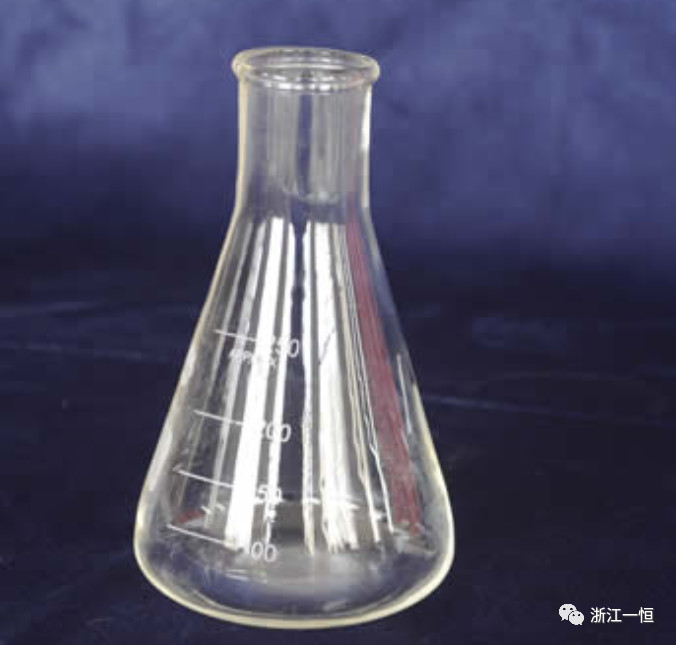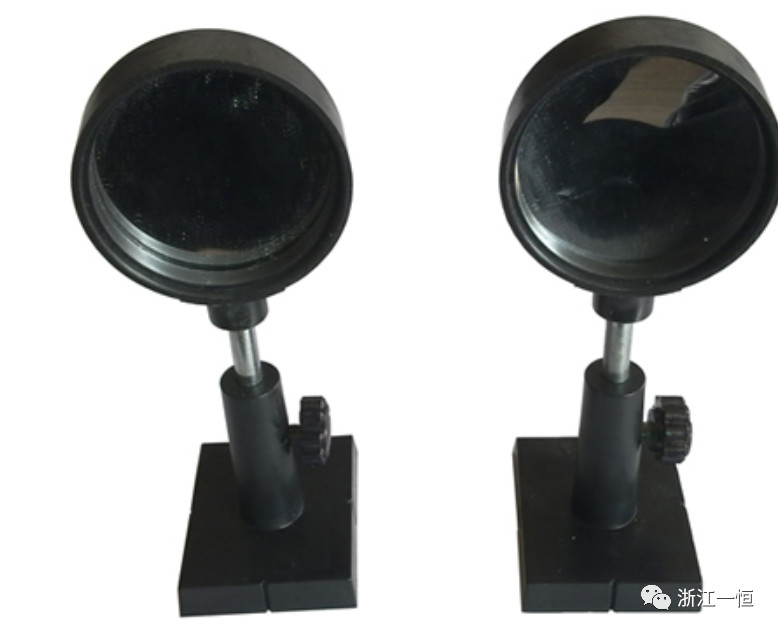Once the instrument absorbs dust and dirt, it will not only affect the performance of the instrument, shorten its service life, directly affect the experimental effect, but also affect the beauty and physical and mental health of the experimenter. The instrument will be stained with dust and dirt in use or storage. Dust prevention and pollution prevention are the main measures. Frequent dust removal and cleaning is an important part of instrument maintenance.

一、除尘
There are many ways to remove dust, which mainly depends on the condition of the dust attachment surface and the degree of dust attachment. In the dry air, if there is less dust or the dust has not been damped to form a patch, it can be wiped with a dry cloth, brushed with a towel, brushed with a soft hair brush and other methods to remove the dust on the general instrument; for the dust inside the instrument, it can be blown with a leather pump, ear ball type air blower or dust collector; for the dust in the diagonal and seam, the above methods can be combined to remove the dust. However, for expensive and precise instruments, such as optical instruments and instrument heads, dust removal by the above methods will also damage the instrument. At this time, special dust removal tools should be used, such as wiping with lens paper, wiping with cotton balls stained with alcohol, etc.

二、清洗

1. Cleaning of glassware
There are two kinds of dirt on the attached glassware, one is that it can be cleaned with water, the other is that it can only be cleaned with detergent or special detergent. In the experiment, no matter what kind of dirt is attached to the glassware, the used glassware should be cleaned immediately.
The glassware containing sugar, salt, starch, silt, alcohol and other substances can be washed with water. It should be noted that if the attached dirt is dry and hard, the utensils can be soaked in water for a period of time, and then brush while flushing with a brush until they are cleaned.
Glassware stained with oil or containing animal and vegetable oil can be cleaned with washing powder, decontamination powder, detergent and the prepared detergent. When cleaning, brush with a brush. With this detergent, you can also clean glassware with engine oil. After the glassware is cleaned with detergent, it shall be washed with clear water.
For glassware with tar, asphalt or other high polymer organics, organic solvents, such as gasoline, benzene, etc., shall be used for cleaning. If it is still difficult to clean, the glassware can be immersed in alkaline detergent for a period of time, and then washed with sodium carbonate, sodium bicarbonate, sodium hydroxide or sodium phosphate with a concentration of more than 5%, or even heated.
In chemical reaction, there are metal, oxide, acid, alkali and other pollutants on the wall of glassware. When cleaning, according to the characteristics of the dirt, use strong acid and alkali to clean or use the method of neutralizing chemical reaction to remove the dirt, and then wash it with water. When using acid and alkali cleaning, special attention shall be paid to safety, and the operator shall wear rubber gloves and goggles; during operation, tweezers, clamps and other tools shall be used, and the utensils shall not be taken or placed by hand.
In addition, clean the glassware, and finally dry it with towel.

2. Glass cleaning
Optical glass is used for lenses, lenses, prisms, slides, etc. of the instrument, which is easy to be stained with oil, water wet dirt, fingerprints, etc. in the manufacturing and use, thus affecting the imaging and light transmittance. To clean optical glass, different cleaning agents, tools and methods should be selected according to the characteristics and structures of the dirt.
To clean lens coated with antireflection film, such as camera, slide projector and microscope lens, about 20% alcohol and 80% ether can be used to prepare cleaning agent for cleaning. When cleaning, use a soft bristle brush or cotton ball with a small amount of cleaning agent to make circular movement from the lens center outward. Do not immerse the lens in cleaning agent for cleaning; do not wipe the lens with force, otherwise the antireflection film will be scratched and the lens will be damaged.
The method of cleaning prism and plane mirror can be carried out according to the method of cleaning lens.

To eliminate mould spots, 0.1-0.5% ethyl hydrochlorosilane and anhydrous alcohol can be used to clean mould. In wet weather, a small amount of ether or propylene oxide or dilute ammonia can be used to clean mould.
The oil mist, water mist and oil-water mixture mist on the optical glass can also be cleaned by using the cleaning agent, and the cleaning method is similar to that of lens cleaning.

3. Cleaning of rubber parts
There are many parts made of rubber in the experimental instrument. As a kind of high polymer organic matter, rubber will age after being stained with greasy or organic solvent, which will make the parts deform and become soft and sticky. If the transmission belt made of rubber is stained with oil, the friction coefficient will be reduced and slip will occur.
To clean the oil stains on rubber parts, alcohol and carbon tetrachloride can be used as cleaning agents instead of organic solvents. When cleaning, first use cotton ball or silk cloth dipped in cleaning agent to wipe, and wait for the natural volatilization of cleaning agent. It should be noted that carbon tetrachloride is toxic and harmful to human body. When cleaning, it should be carried out under better ventilation conditions and pay attention to safety.

4. Cleaning of plastic parts
There are many kinds of plastics, such as polystyrene, PVC, nylon, plexiglass, etc. Plastic parts are generally sensitive to organic solvents. When cleaning dirt, organic solvents such as gasoline, toluene, acetone, etc. cannot be used as cleaners. It is better to wash plastic parts with water, soapy water or detergent prepared with washing powder.

5.钢铁零部件除锈5. Rust removal of steel parts
Iron and steel parts are very easy to rust. In order to prevent corrosion, the iron and steel parts in teaching instrument products are often coated with oil layer, paint and other protective layers, but even so, corrosion often occurs. In order to remove the corrosion of steel parts, different methods should be adopted according to the degree of corrosion and the characteristics of the parts.
For steel parts with large size, low precision or difficult to remove rust by mechanical method, chemical method can be used for rust removal. For example, when the parts to be removed are immersed in phosphoric acid with concentration of 2-25%, it is appropriate to heat them to 40-80 ℃ during immersion. After rust removal, a protective film will be formed on the surface layer, and then the parts will be taken out and immersed in phosphoric acid solution with concentration of 0.5-2% for about one hour, Finally take out and dry.
If we use this kind of chemical method to remove rust in the laboratory, if the operation is a little improper, it will damage the parts, especially the precision parts. Therefore, in the laboratory, the chemical method should not be used for derusting, but the mechanical method should be used, that is, the rust layer block on the parts should be removed by means of shovel, chiseling, scraping, etc., and then sanded and polished with sandpaper, and finally coated with protective layer.
For parts made of non-ferrous metals and their alloy materials, the rust removal method can refer to the rust removal method of iron and steel parts, but two points should be paid attention to. First, when chemical method is used for rust removal, different chemical rust removers should be prepared and used according to the chemical characteristics of the parts; second, mechanical rust removal is generally used for parts made of non-ferrous metals and their alloy The method of derusting is suitable.


 CN
CN SE
SE
